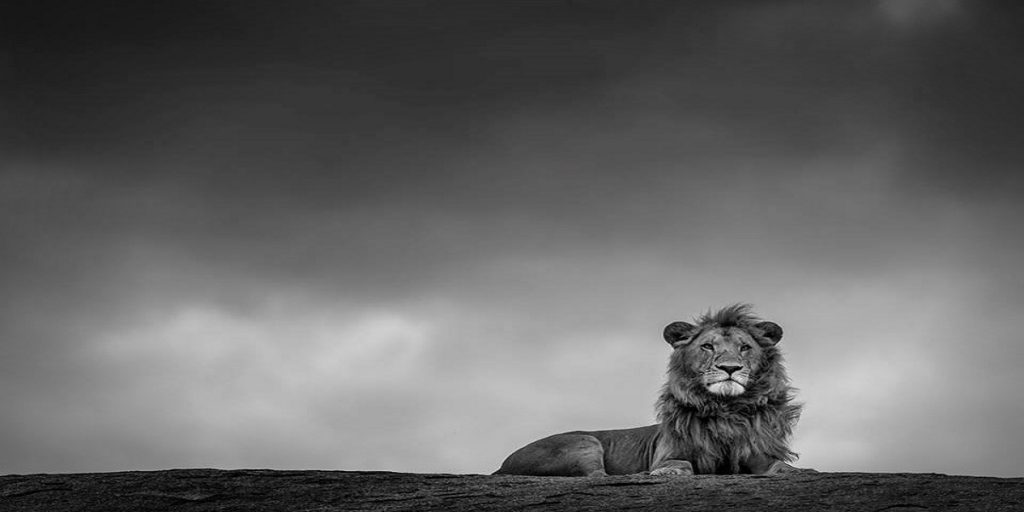
This is probably the most important Safari Terms to know about wildlife, especially Safari drivers, and similar should learn and be aware of this list:
Scientists, researchers, environmental leaders, interested public, anyone who wants to work out the status of a species — is it stable? Is the animal threatened? How close to extinction is this animal? Is it already extinct? All these questions are answered in a simple and very important list from low to high:.
- ‘Least concern. (LC)’ — This one is the one you want to see animals grouped, because this status means their population is stable. Examples of African animals included in this far safer category are the olive baboon, Common warthog, and the Impala.
Then we start moving closer to extinction with… - ‘Near threatened (NT)’ — This is still regarded as a ‘safe’ category, but… As the name suggests this animal or plant has low numbers. Examples, Cape buffalo, Striped hyena and the African clawless otter. Animals and plants included in this category/status have to be monitored because they can reach the three awful categories, and they are (the 3 threatened categories are in capitals).
When an animal is included in any of these 3 following categories are not meant to be hunted as their risk of extinction is so much closer. Unfortunately, some Governments ignore these red lights — these are serious warnings, and often these are poorly managed by the very people meant to enforce their protection and then you get the worst and weakest kind of people — those who can be corrupted, as in corrupted officials handing out, or selling hunting permits for these threatened species, or guides showing clients where the threatened with extinction species are. The first category/status of this section in the list:
- ‘VULNERABLE (VU)’ — This is a scary warning that this animal’s or plant’s numbers are low and this species is in trouble — an example of African animals included in this category are African lions, bush/savanna elephant and African leopards.
Then, we move a step closer to extinction:
- ENDANGERED (EN) — This category is terribly dangerous for any species to be included, like the African wild dog, white rhino and the forest elephant.
- CRITICALLY ENDANGERED (CR) — This is the worst category for a species to be found in, as few recover from this status — Some have been brought back from the brink of extinction because conservationists worked so hard to get their numbers up, like the white rhino. This animal was in this category, but was dragged out, and is now in the above category (ENDANGERED).
Examples of some animals included in the terrifying CRITICALLY ENDANGERED category are the — Cross River gorilla, Black Rhino and the Kordofan giraffe. - Then Extinct in the wild (EW) — Examples of these are the Arabian Oryx, Scimitar Oryx and the Northern white rhino (subspecies of the white rhino).
And then the final stop: Extinct.
- Examples of extinct animals — Steller’s sea cow (the largest manatee), Cape lion and the western black rhino (subspecies of black rhino).
General and important: Floods, tips to remember–
- 15cm (6inches) of fast-flowing water can knock over an adult
- About 60cm (2feet) of water can move a car
- Avoid walking or driving through flood water
- Move your family upstairs or to a high place but a place you can escape (like an open window). — a means of escape.
- Do not touch sources of electricity when standing in flood water
- Put plugs in sinks and baths and weigh them down with a sandbag or a heavy
object - Flood water can contain sewage, chemicals and animal waste, so wash your
hands thoroughly if you touch it.
Source: Environment Agency
GAME DRIVE ETIQUETTE!
•When viewing game, switch off the engine.
•Do not hurry or rush guests; allow questions, translations and quite where appropriate.
•Warn guests about standing and making unnecessary noise.
•Position your guests in the best view points for photographs
•Always remain at a safe and and comfortable distance from animals as your guests may feel uncomfortable being so close to an animal.
•Focus on your guests interests.
•Do not overload guests with information. Stagger your information and keep it interesting and varied.
•Provide books for references and identification. eg birds, trees, invertebrate, reptile and mammal books.
•Share your binoculars with guests who do not have their own pair.
•Plan your drive in advance to optimise guests experience.
•Utilise low range when driving off road. Warn your guests of branches and thorns, particularly at night. Drive with your guest’s priority in your mind.
•Turn your radio off when you stop for refreshments or meals.
•When tracking away from the vehicle, explain to your guests what you are doing and how long you expect to be away.. Show them the tracks.
•If it is a hot day park them in the shade whilst you’re away.

